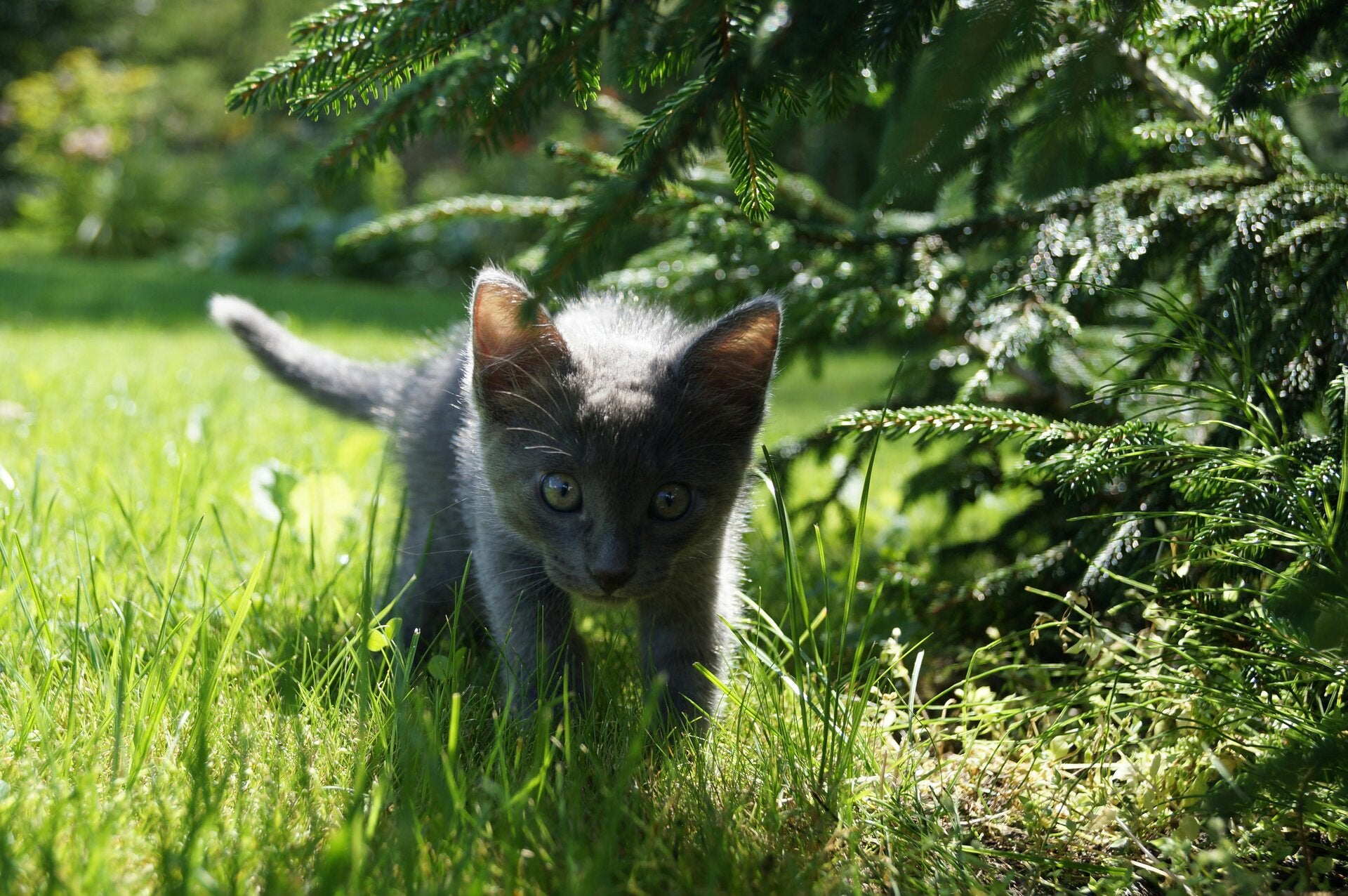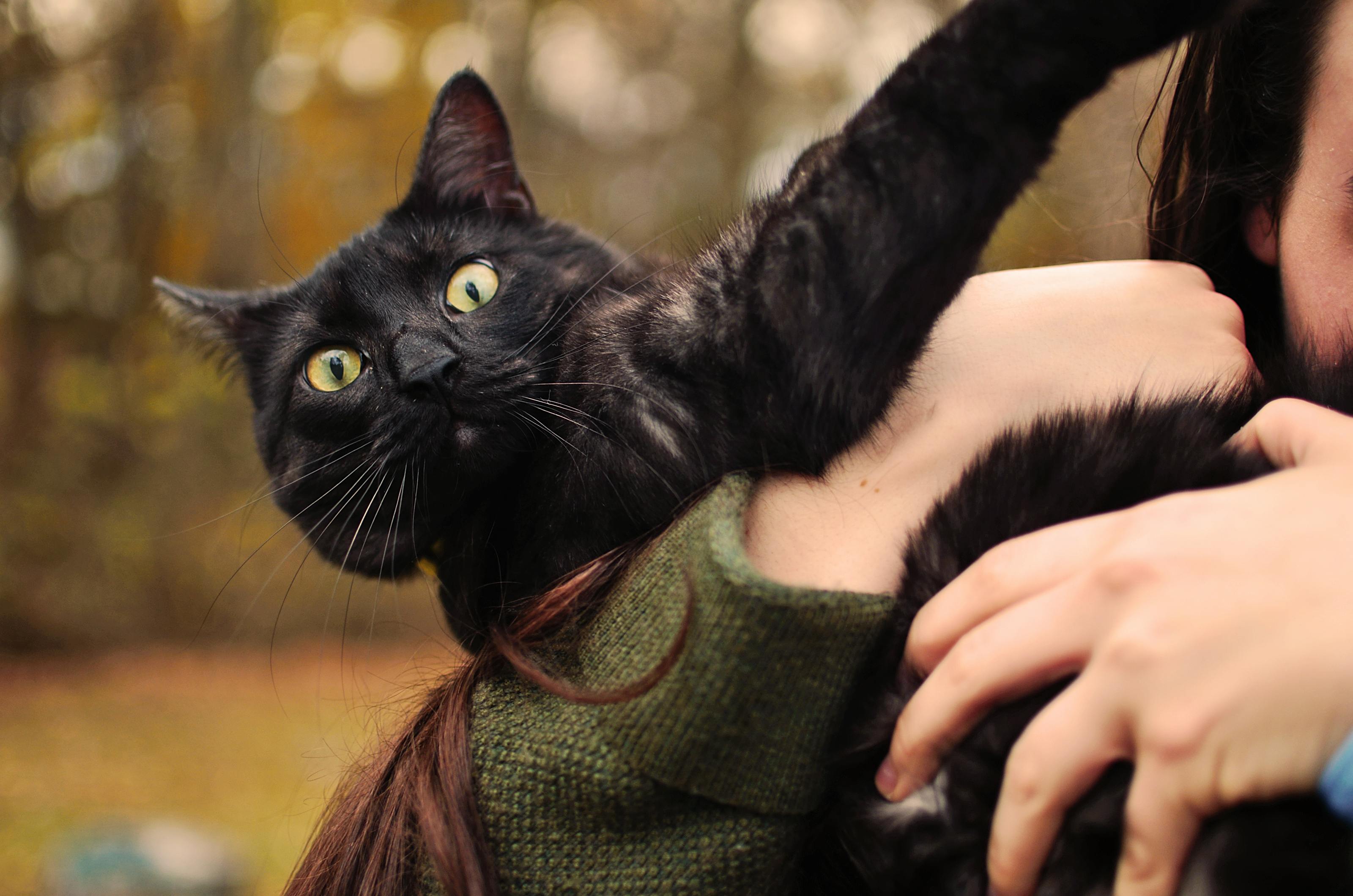
Kitten Resources
The shelter isn’t the best place for healthy kittens who are still too little for adoption. They need a quiet home, not a busy shelter. Taking in tiny kittens too soon makes it harder for us to care effectively and humanely for all the animals who truly need help.
With fewer adoptions happening, the best way to support them is to let healthy kittens stay with mom—or right where they’re thriving—until they’re big enough for their next adventure.
So, you've found a stray mother and her kittens...what now?
The kindest care is often the simplest - here’s what’s best for cats and kittens:

In Mother's Care
Kittens thrive best with their moms until weaned, when they’re ready to eat on their own.

No Place Like Home
Social cats do best raising their kittens in loving homes, rather than in shelter cages

Safe & Independent
Feral cats are usually happiest staying in their own territory with community support.

A Shelter's Priority
Shelters should focus on medical care, fostering, spay/neuter, adoption, and education.

Observing Kitten Behavior
To determine the best pathway for kittens, note the following:
- Kitten condition, health & location
- Whether the kittens are weaned or un-weaned
- Whether they are safe where they are
- Whether the kittens are social or non-socialized
Help bend the curve on cat overpopulation by spaying or neutering through our TNVR Program. It’s a great option if you’re happy to keep the mother around but want to prevent future litters.
Kitten Resources
We offer a variety of kitten care training links and other helpful resources!
Click the links below to learn more:
Kittens That
Do & Do Not Need Help
This guide refers to kittens 4 weeks of age and younger.
Keeping kittens with mom offers them the best chance of survival!
Cold
Young kittens can't control their body temperature - they need their mother, siblings, and nesting to stay warm. Alone, they may cool, but they are otherwise fine for you to wait for 2-4 hours for the mother's return.
Dirty
Cleanliness is key - healthy kittens are spotless, courtesy of their mother. If they are dirty, damp, or have inflamed genital areas, they require assistance.
Thin
Well-fed kittens appear plump. If you see sunken bellies, visible bones or pale skin, the kittens are likely not being fed and need help.
Noisy
Crying kittens are often hungry, but it doesn't always mean they're orphaned - mothers leave but usually return. She might even be watching in the shadows waiting for you to leave! If the crying stops after 2-4 hours, it may mean the mother has returned to care for them.
Sick
Sick kittens may exhibit eye or nose discharge, crusted eyes or sores, indicating they need immediate help.
Hurt
Limping, visible wounds, trouble breathing, extreme lethargy, or constant crying can all mean the kitten needs help.

Stop the Kitnapping!
In some cases, a mother cat can be spayed even before her kittens are fully weaned! Cats who are spayed while nursing will usually continue producing enough milk for their kittens. This is generally best when the kittens are around 5–6 weeks old.
Some veterinarians prefer to wait until after weaning, since the mammary gland development during nursing can make surgery slightly more challenging and may increase the risk of infection.

Healthy Free-Roaming Cats
Why Healthy Free-Roaming Cats Shouldn’t Be Impounded
-
Impounding healthy cats reduces their chances of reuniting with their families.
-
It does not solve the underlying causes of nuisance situations.
Tips if You Find a Friendly Cat
-
Check for a collar or ID.
-
If there’s no ID, let the cat find its way back home—it’s likely nearby.
-
Lost cats are 10–50 times more likely to return to their owners if they stay in their neighborhood.
-
Often, the most successful reunification is the cat returning home on its own.
How Shelters Can Help
-
Support community cat sterilization programs.
-
Return cats to their original territory when possible.
-
This approach improves cat health, strengthens the human-animal bond, and reserves shelter resources for animals in true need.



